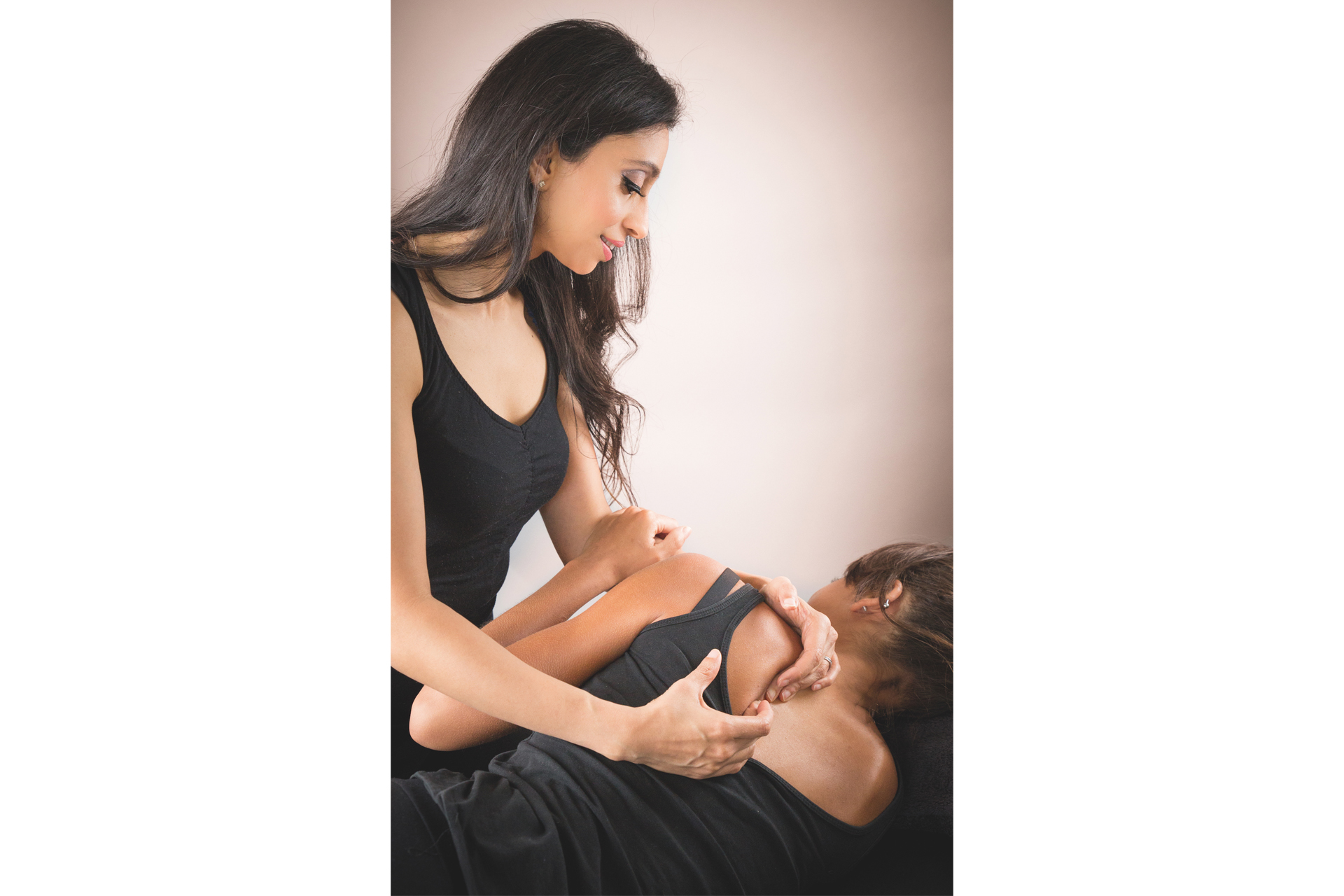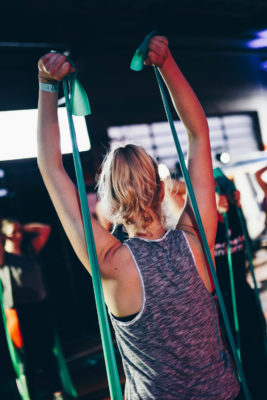Your Guide to Optimising Your Joint Health
By
2 years ago
Motion is lotion

Limber up and look after your mobility, muscle and joint health, says Camilla Hewitt.
Put Your Joint Health First

Whether you have aches and pains from sitting too much or you’re experiencing inflexibility from tight muscles, we can all be kinder to our bodies. Osteopath Nadia Alibhai tells us, ‘Gentle movements are important, such as swinging your leg or looking over your shoulder. I love using the phrase, “motion is lotion”: each time you move, the synovial fluid in your joints helps to lubricate and make them mobile, so the more you move, the better your joints move.’ (nadiatheosteopath.com)
If you favour one form of exercise, like running, diversifying your movement can stabilise your body against repetitive damage. Nadia says, ‘It allows the joints to move through different ranges, using more muscle groups, enabling the joint to be more agile and versatile. If you use the same muscles repeatedly, you run the risk of developing an overuse injury, as your body needs adequate rest.’

Osteopath Nadia Alibhai
She also recommends staying on top of your supplement routine. ‘My go-tos for joint care are collagen, magnesium, curcumin, and vitamin D. We need vitamin D for our bone health as well as our mood. When supplementing, I prefer sprays to tablets, as they are absorbed quicker into the blood stream. Vitamin D3 combined with vitamin K2 promotes the absorption of calcium to aid healthy bones and joints. Plus, consume collagen-rich foods such as beef bone broth, skin-on chicken, sardines, berries, and broccoli.’
Breathwork can be beneficial for maintaining mobility as well as muscle and joint health. Practitioner Richie Norton explains why: firstly, deep breathing techniques increase the oxygen supply to the muscles and joints, promoting tissue repair and reducing the risk of pain and inflammation. Secondly, controlled breathing activates the parasympathetic nervous system, reducing stress and tension that can contribute to muscle tightness and pain. What’s more, focused breathing enhances blood flow, which delivers vital nutrients and removes waste products, aids in muscle recovery, and reduces discomfort. And finally, proper breathing engages the diaphragm, which helps stabilise the core by supporting the spine and reducing the risk of muscular imbalances and associated pain. (@richienorton_)










